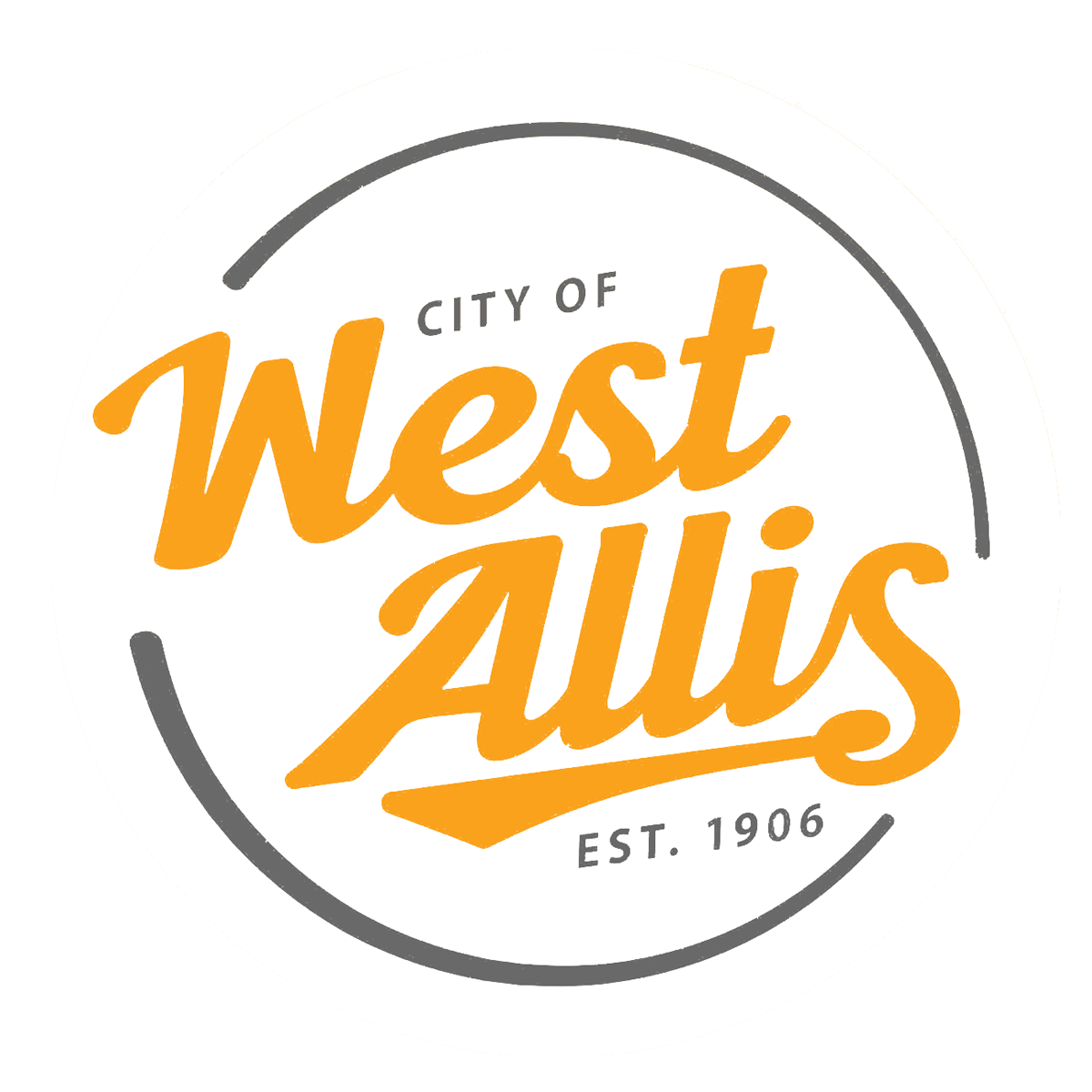Health Programs & Resources
Skip to content
Opening a Food Business
Food License Applications are processed by Southwest Suburban Health Department, complete the required application.
Plan Review is required for all new construction and major remodeling. Download our Plan Review Guidelines for guidance on design, installation, and construction of retail food facilities. Plans can be dropped off at our main office or emailed to:
What to Include on/with Your Plan Submittal
Proposed menu, seating capacity, and projected daily meal volume for the establishment.
Location of all food equipment. Each piece of equipment must be clearly labeled, marked, or identified. Provide equipment schedule that identifies the make and model numbers and listing of equipment that is certified or classified for sanitation by an ANSI accredited certification program (when applicable).
Location of all required sinks: handwashing sinks, ware-washing sinks, utility (mop) sinks, food preparation sinks (if required).
Auxiliary areas such as storage rooms, garbage rooms, toilets, basements and/or cellars used for storage or food preparation.
Entrances, exits, loading/unloading areas and delivery docks.
Complete finish schedules for each room including floors, walls, ceilings and coved juncture bases.
Plumbing schedule including location of floor drains, floor sinks, water supply lines, overhead waste-water lines, hot water generating equipment with capacity and recovery rate, backflow prevention, and wastewater line connections.
Location of lighting fixtures.
Contact information, including email address, for owner and architect, if applicable.
Variances
When an establishment wants to operate outside Wisconsin Food Code, the Wisconsin Department of Agriculture and Consumer Protection (DATCP) may approve a modification if provided with satisfactory proof that the variance will not jeopardize the public's health, safety, or welfare. The request should be submitted in writing to the Southwest Suburban Health Department for review and we will forward it to DATCP with recommendations for approval or disapproval. If approved the Southwest Suburban Health Department shall keep a copy on file and will review yearly with the operator.
Download the form and include the following
A statement of the proposed variance citing the relevant chapter section numbers of the Wisconsin Food Code.
An analysis of the reasoning for how the potential public health hazards and nuisances will be addressed if not following the Wisconsin Food Code by the proposed variance.
A HACCP plan may also be required.
Examples of when a variance may be required:
Curing food.
Using food additives or adding components such as vinegar as a measure of food preservation or to render a food non-potentially hazardous.
Packaging potentially hazardous food using a reduced oxygen packaging method
Preparing food by any other method that is determined by the State to require a variance such as fermentation
The slaughter and evisceration of any animal or fish, other than molluscan shellfish
Sprouting seeds or beans
Custom processing animals that are for personal use as food and not for sale or service in a food establishment
Approvals
Prior approval is required by the Wisconsin Food Code for the following activities:
Bare hand contact with ready to eat foods; guidance for obtaining approval can be found in the FDA Employee health and Personal Hygiene Handbook (pg. 27-28).
Non-continuous cooking of raw animal foods: You can download the form here.
Hazard Analysis and Critical Control Points (HACCP) Plans
HACCP plans are required to be submitted prior to performing any of the process below and in most cases with any variance request:
Cook/Chill operations.
Sous Vide operations.
Reduced Oxygen Packaging of potentially hazardous foods such as meats and cheeses.
Selling or serving juice made at the food establishment without a warning label or wholesale.
Serving juice made at the food establishment or combining raw shell eggs in a food establishment that serves a highly susceptible population.
Helpful Links for Creating a HACCP Plan
